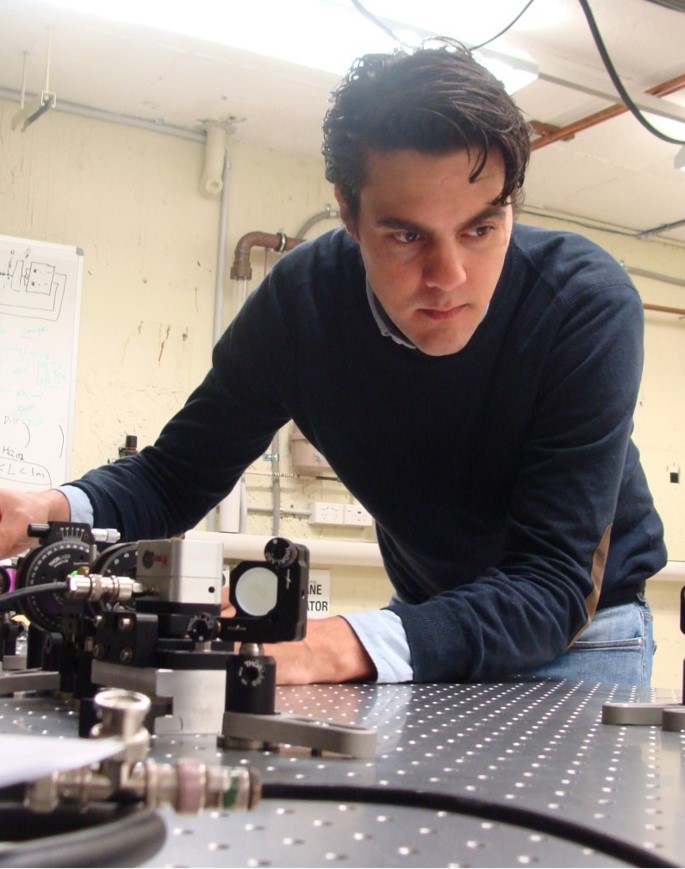Alumni lecture 15 April 2021: Europe's next big research infrastructure
Albert Einstein predicted the existence of Gravitational Waves (GWs) in 1918, but only in 2015 a signal from a binary black hole merger was detected by the two LIGO detectors in the USA. This spectacular revelation provided many new insights about the Dark Universe and proved the need for even more technological advancement in this area. Future GW detectors might even promise a direct insight into the Big Bang!
One of the future GW detectors, the Einstein Telescope (ET), might be built in The Netherlands. The realisation of this mega-project brings together many types of engineers like physicists, chemists, civil and mechanical engineers, geologists, computer scientists, mathematicians and technology managers.
One of them is TU Delft alumnus and instrumental researcher Joris van Heijningen. An important element of ET are the mirrors and to achieve precise measurements these need to be cooled down to 10 Kelvin while keeping them vibrationally quiet. To monitor the tiny vibrations in these cooled mirrors, Joris is developing a cryogenic superconducting sensor. He will share the technological aspects of ET and more challenges with cold sensors with you during this online alumni lecture.

About keynote speaker and alumnus Joris van Heijningen
Joris van Heijningen is an experienced instrumental researcher that has worked in nuclear physics, particle physics and gravitational waves. He studied Applied Physics at TU Delft, finished his PhD (VU Amsterdam/Nikhef) in 2018 and has work experience at CERN, Stanford University/SLAC and the Virgo and KAGRA GW observatories.
After a postdoc at the University of Western Australia, he is now a research scientist at UCLouvain working on projects for the Einstein Telescope and Advanced Virgo. The highlight of his PhD at Nikhef was the development of the world’s most sensitive inertial sensor. The first detection of GWs led to many public seminars and an appearance in Dutch children’s programme Klokhuis. Within the field of GWs, Joris is an expert in vibration isolation, inertial sensing and optical mode matching.
Watch the recording of this event
Curious to see the recording of this event? Watch the video of this event and the keynote of Joris van Heijningen at our alumni portal TU Delft for Life.
go to TU Delft for Life portal